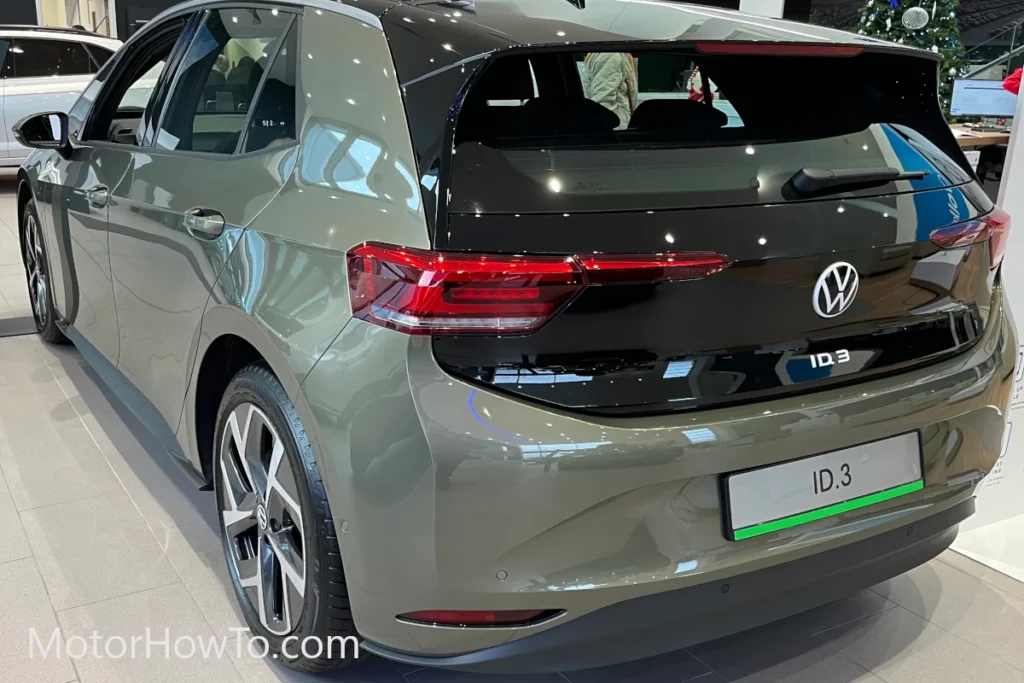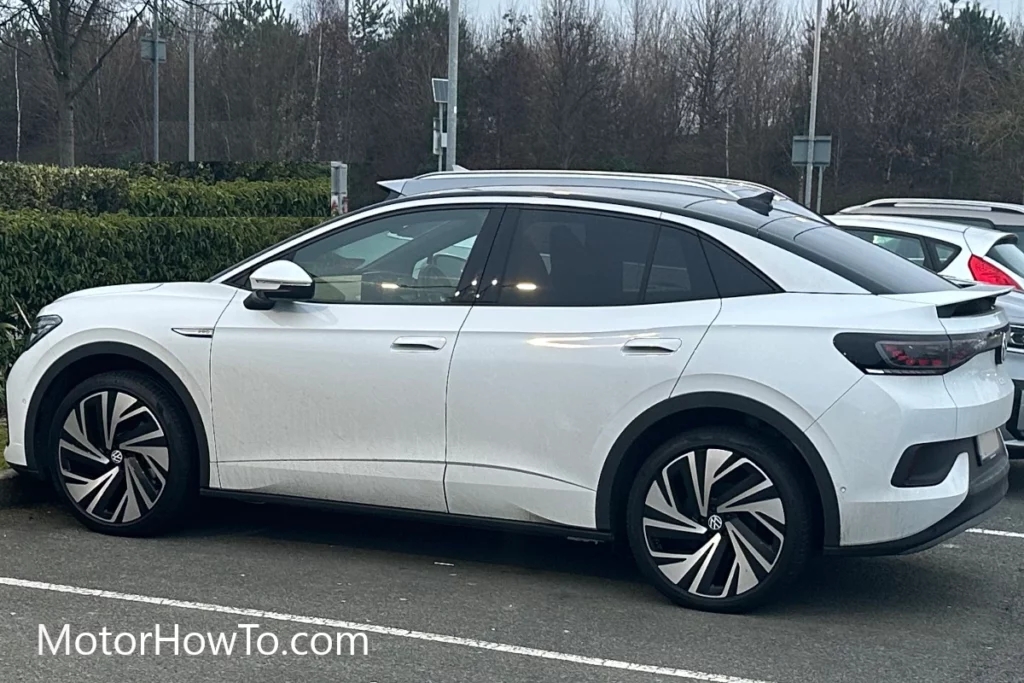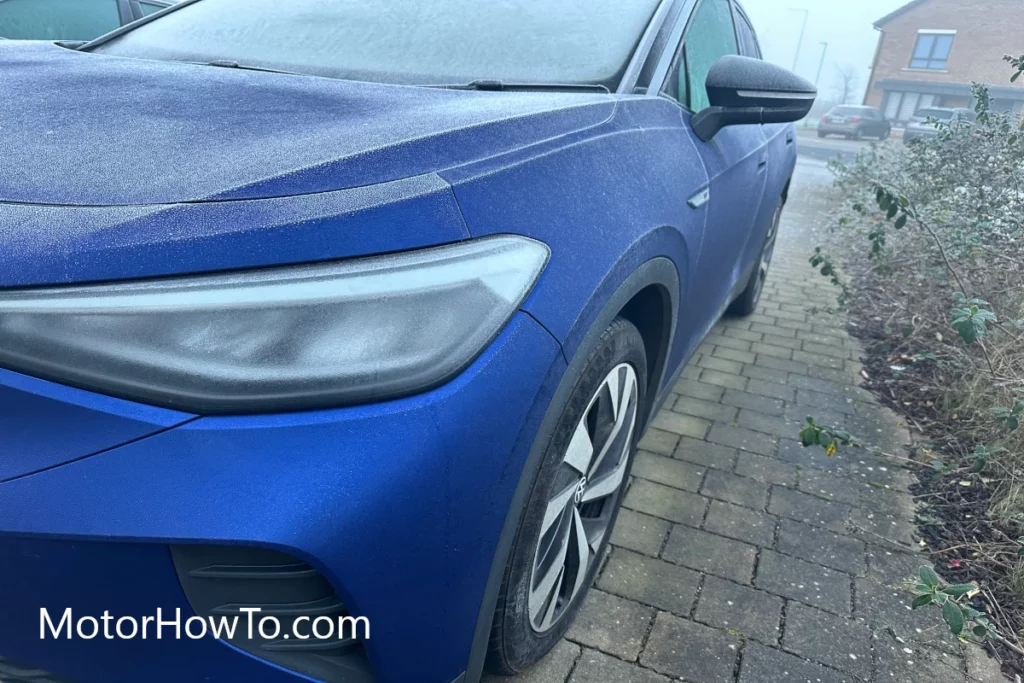Embarking on the journey of owning an electric vehicle (EV), specifically a Volkswagen ID vehicle, comes with its own set of adventures and learning curves.
One crucial aspect that often occupies the minds of new and seasoned owners alike is ensuring their car’s battery remains healthy and efficient for as long as possible.
While getting lost in a sea of technical jargon and complex guidelines is easy, maintaining your VW ID’s battery can be a manageable task.
To maximize battery life in your VW ID, regularly check tire pressure, avoid extreme temperatures, use eco-driving modes, limit fast charging, and maintain a battery charge between 20-80%. Regular software updates and professional battery health checks also contribute to longevity.
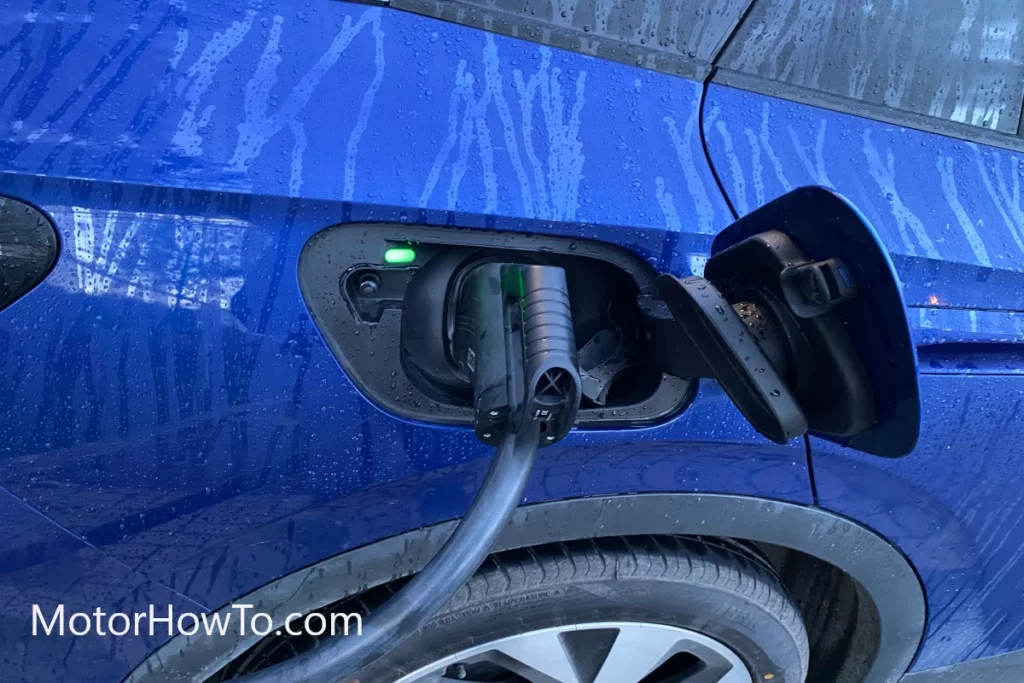
In this article, we’ll explore some straightforward and practical tips that can help you maximize the lifespan and performance of your battery, ensuring a smooth and enjoyable driving experience with your electric Volkswagen.
Related:
- Navigating Common Issues in VW ID Vehicles (Troubleshooting Tips)
- Exploring the VW ID Range: A Comprehensive Guide to Volkswagen’s Electric Vehicles
Optimal Charging Strategies: Balancing Speed and Battery Health
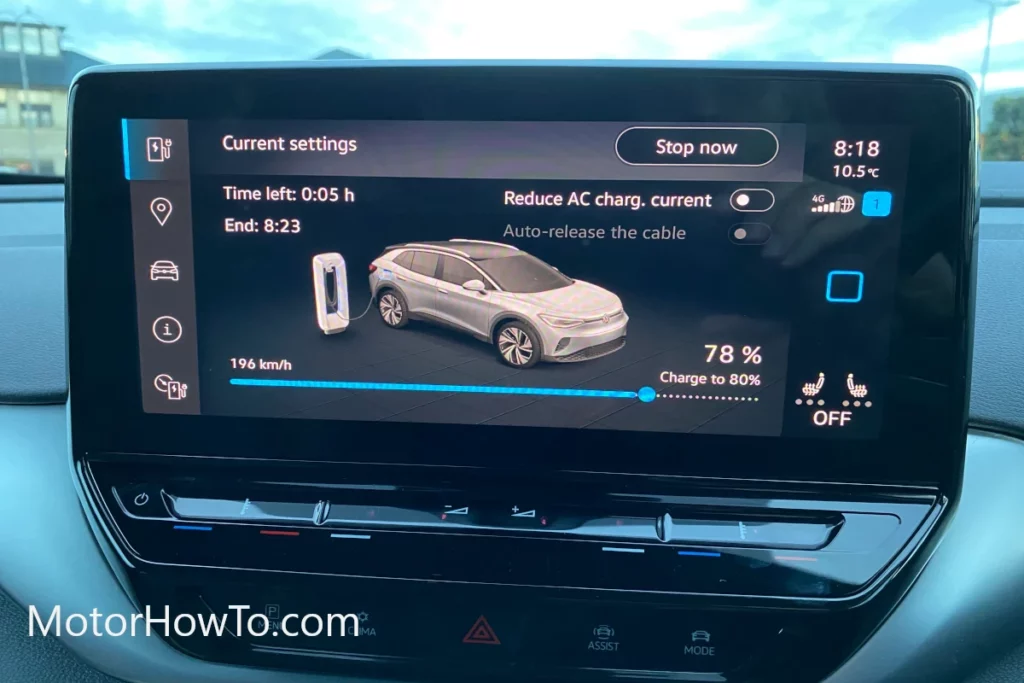
Regarding electric vehicles like the Volkswagen ID, understanding how to charge your battery effectively is key to maintaining its health and ensuring your convenience.
While relying on fast charging for its speed might be tempting, it’s important to use this method judiciously.
Fast charging can lead to increased heat, which, over time, may degrade the battery’s performance and lifespan.
Ideally, use standard charging methods for daily use and reserve fast charging for long trips or when in a pinch.
It’s also crucial to pay attention to your battery’s charge level. Consistently charging the battery to full or draining too low can strain it over time.
A good practice is to keep the battery charge between 20-80%.
This range helps avoid the battery’s stress that occurs at its maximum and minimum charge levels.
Furthermore, the ambient temperature can affect how your VW ID charges. Charging in extremely cold or hot conditions can be less efficient and more taxing on the battery. Whenever possible, try to charge your vehicle in a temperate environment.
Lastly, make use of the advanced features in your VW ID. Many models have smart charging capabilities that allow you to set charging limits and times.
Utilizing these features can help manage your battery’s charge level efficiently, especially during prolonged periods of inactivity, like overnight charging.
Adopting these charging practices ensures that your VW ID’s battery remains healthy, maximizing its lifespan and overall performance. Remember, a little care goes a long way in electric vehicles.
Driving Habits and Modes: Maximizing Efficiency on the Road
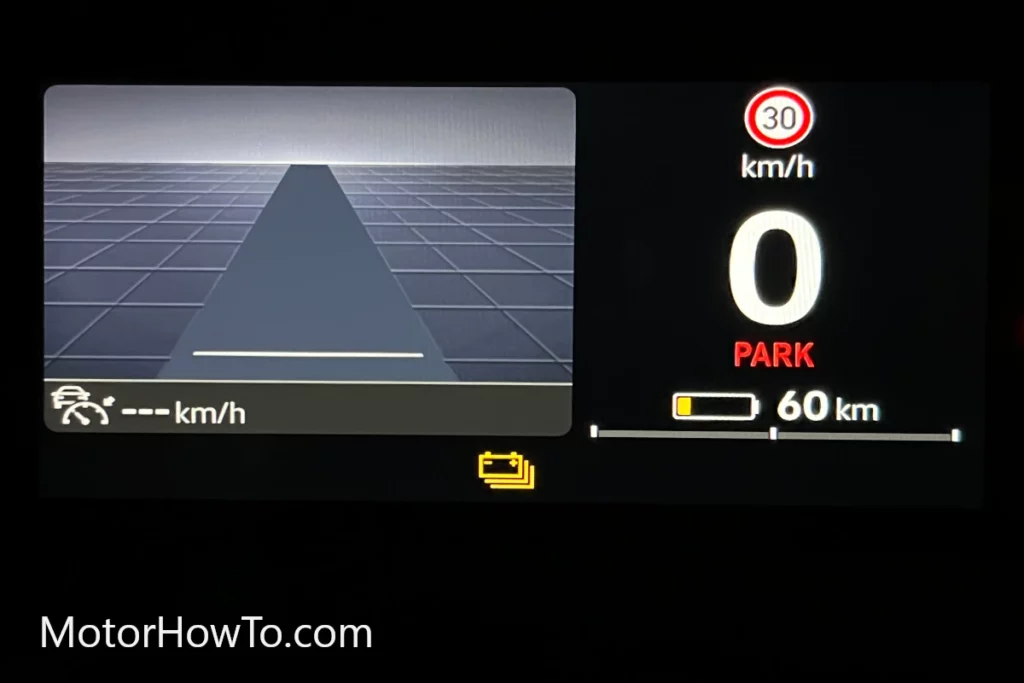
Smooth Acceleration and Deceleration: To maximize your VW ID’s battery efficiency, driving smoothly is important.
Abrupt acceleration and harsh braking can consume more energy, reducing the battery’s range. Instead, gently accelerate and use the vehicle’s momentum to coast whenever possible.
This approach conserves energy and minimizes wear and tear on the battery and braking system.
The VW ID is equipped with regenerative braking, which captures energy during deceleration and feeds it back to the battery.
You can significantly extend your driving range by learning to use regenerative braking effectively.
This involves anticipating stops and allowing the car to slow down gradually, converting kinetic energy back into stored electrical energy in the battery.
Choosing the Right Drive Mode
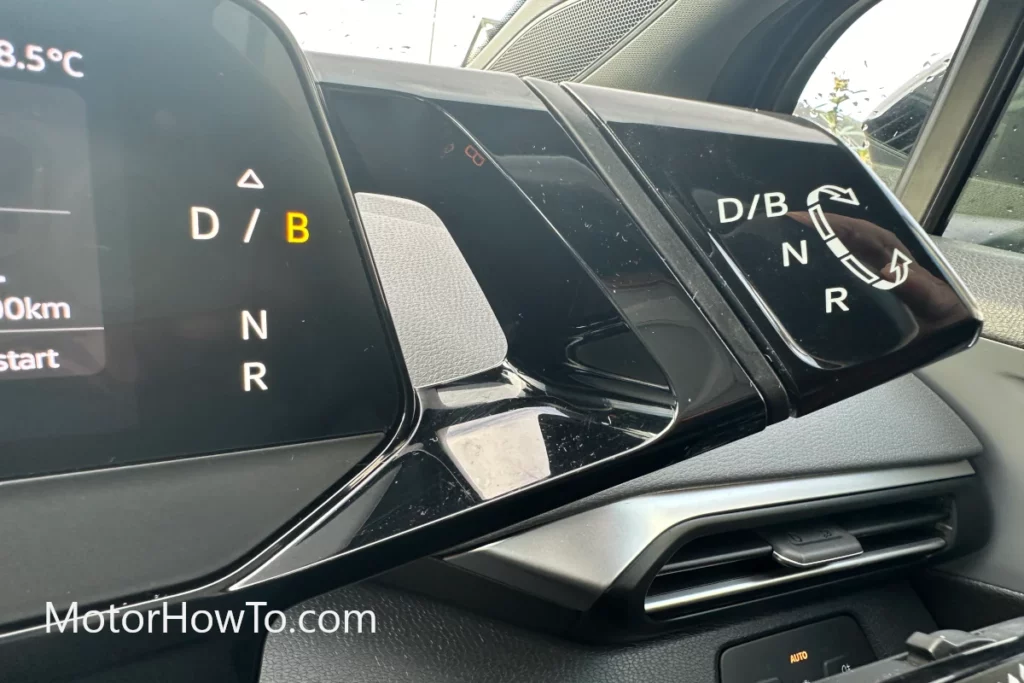
Your VW ID comes with different driving modes, and selecting the right one can greatly influence battery performance.
Eco mode, for instance, optimizes various vehicle functions like acceleration response, climate control, and maximum speed to conserve battery power.
Using eco mode, especially during city driving or heavy traffic, can substantially increase your battery’s efficiency.
While the VW ID offers performance modes that deliver more power and agility, these can also drain the battery faster. It’s beneficial to use these modes sparingly and switch to more energy-efficient settings for everyday driving.
Balancing performance with efficiency can ensure a pleasurable driving experience without excessively depleting the battery.
Planning Your Route
Route planning can also impact battery life. High-speed driving on highways consumes more battery power than moderate speeds on regular roads.
Similarly, congested traffic conditions can lead to frequent stopping and starting, which could be more energy-efficient.
Using navigation tools to find routes with steady traffic flow can help maintain consistent energy consumption, thus optimizing battery life.
By incorporating these driving habits and mode selections, you can greatly enhance the efficiency and longevity of your VW ID’s battery.
It’s about striking a balance between enjoying the drive and maintaining the health of your electric vehicle.
Routine Maintenance: Keeping Your Electric Vehicle in Top Shape
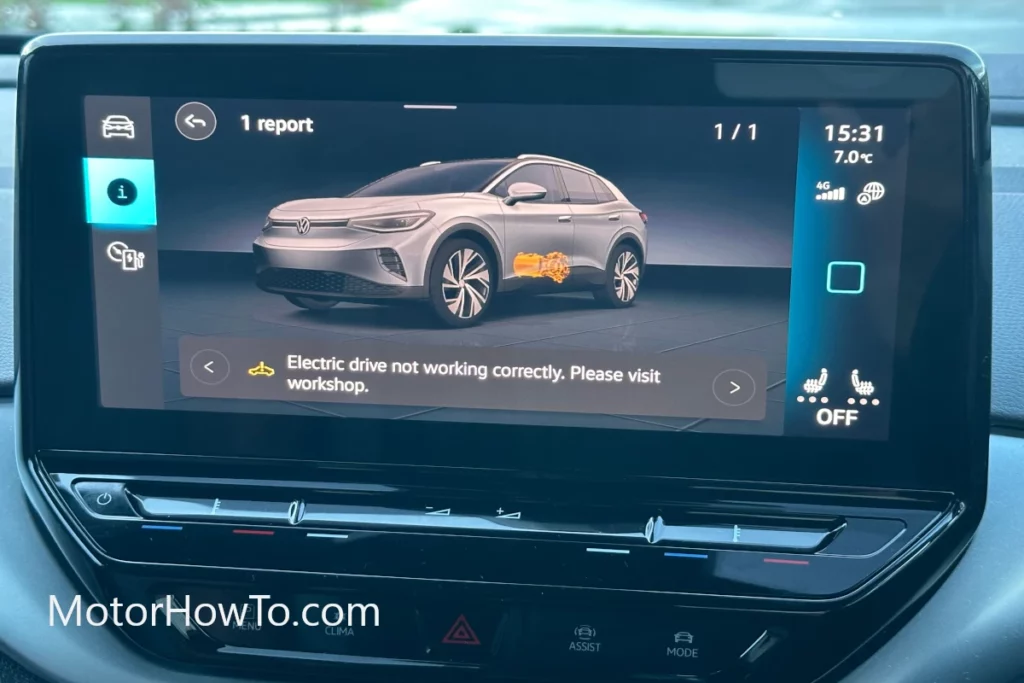
Maintaining an electric vehicle like the VW ID involves different considerations than traditional combustion engine cars.
While electric vehicles generally require less maintenance, paying attention to certain aspects can significantly prolong the health and efficiency of your car, especially its battery.
Routine checks and timely maintenance ensure optimal performance and prevent future problems, saving you time and money in the long run. Here are some key maintenance tips to keep your VW ID running smoothly.
- Tire Maintenance: Regularly check your tire pressure and alignment. Properly inflated tires reduce rolling resistance, thereby improving battery efficiency and range.
- Brake System Check: Electric vehicles use regenerative braking, which typically results in less wear and tear. However, regular checks are still important to ensure safety and efficiency.
- Battery Health Monitoring: Keep an eye on your battery’s performance and health. Most modern EVs, including the VW ID, provide detailed battery health reports.
- Software Updates: Always keep your vehicle’s software up-to-date. Manufacturers often release updates that can improve battery management and overall vehicle performance.
- Coolant System Check: Although electric vehicles don’t have an engine like traditional cars, they do have a cooling system for the battery, which should be checked regularly.
In addition to these specific checks, it’s also important to follow a regular service schedule as recommended by Volkswagen.
This often includes inspections of the electrical system, chassis, and other key components unique to electric vehicles.
Moreover, always ensure that any maintenance work is carried out by a professional familiar with electric vehicles, specifically the VW ID series.
Proper maintenance not only extends the life of your vehicle but also ensures that it remains a reliable and efficient mode of transportation for years to come. Remember, a well-maintained electric vehicle is not just about immediate performance; it’s an investment in future reliability and efficiency.
Dealing with Extremes: Protecting Your Battery in Harsh Conditions
Navigating extreme weather conditions can be a challenge for any vehicle, and for electric vehicles like the VW ID, it’s crucial to take extra care of the battery. Extreme hot and cold temperatures can significantly impact battery performance and longevity. Understanding how to protect and optimize your battery in these conditions is key to maintaining your vehicle’s health and ensuring a consistent driving experience.
- Managing Cold Weather: Batteries can lose efficiency and range in colder climates. To mitigate this, preheat your car while it’s still plugged in. This uses power from the grid rather than the battery, preserving its charge. Additionally, parking in a garage or a warmer spot can help maintain battery temperature.
- Handling Hot Weather: High temperatures can cause batteries to overheat and degrade faster. To prevent this, try to park in shaded or cooler areas and use a sunshade. If your VW ID has active thermal management, ensure it’s functioning properly to keep the battery cool.
- Adjusting Driving Habits: In extreme conditions, adjusting your driving style can help conserve battery life. Driving at lower speeds, using regenerative braking effectively, and minimizing the use of high-consumption accessories like air conditioning or heating can help preserve battery charge.
- Regular Battery Checks: Regularly check your battery’s condition, especially in an area with extreme weather. This includes monitoring its charging patterns and any changes in performance.
- Software Optimization: Keep your vehicle’s software updated. Manufacturers often release updates that improve battery management, particularly in response to temperature extremes.
By taking these steps, you can help protect your VW ID’s battery from the stresses caused by extreme weather conditions.
Regular maintenance and a bit of foresight can ensure your electric vehicle remains reliable, efficient, and enjoyable to drive, no matter the weather outside.
Remember, the key to longevity in electric vehicles is not just about how you drive but also about how you care for it under varying environmental conditions.
Sources:
Get the most out of your EV battery

